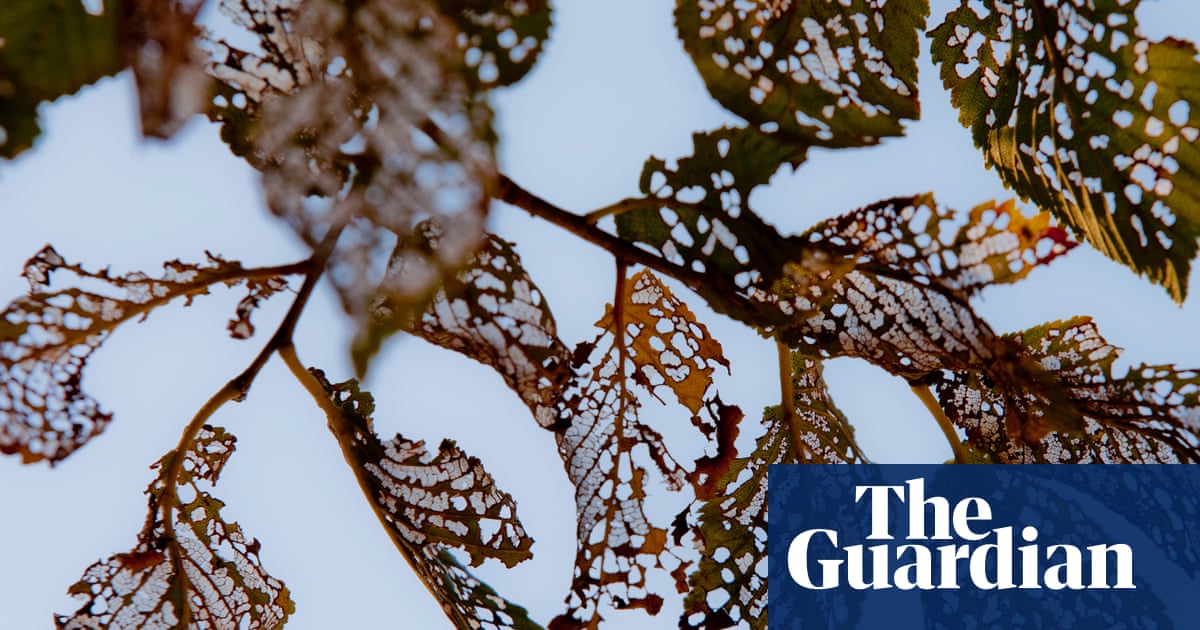
"Haggith cites a present-day Massachusetts-based herbalist and druid who claims that slippery elm milk is good for insomnia."
"The author insists that a western scientific worldview is absolutely not the only way forests can be thought about, which is fair enough."
"Fashionable pseudo-remedies gone viral on TikTok can inspire the stripping of bark from healthy trees at injurious scale."
"Elmwood was not only the preserve of quacks; it was also a sought-after material in shipbuilding."
Dutch elm disease received its name from the contributions of Dutch scientists who identified the fungus in the 1920s. The English elm may have origins in Italy, and the wych elm is believed to have protective qualities. Historical references tie elm to healing properties, with modern herbalists advocating for its medicinal uses. However, the rise of wellness trends can lead to harmful practices such as excessive bark stripping from trees. Elm wood has historically been valuable for shipbuilding and construction, demonstrating its significance beyond medicinal beliefs.
Read at www.theguardian.com
Unable to calculate read time
Collection
[
|
...
]